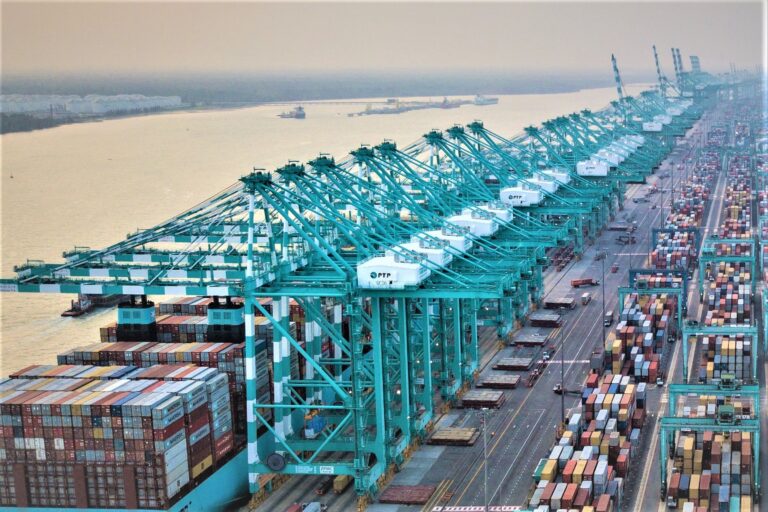
Technology Integration and Trends in the World’s Most Efficient Ports
4 months ago
Technology Integration and Trends in the World’s Most Efficient Ports

Ports globally are increasingly integrating advanced technologies to improve operational efficiency, enhance safety, and promote environmental sustainability. The adoption of digital tools, automation, and data analytics has become a critical trend in the maritime industry, enabling ports to streamline their operations, reduce costs, and minimize their environmental impact.
A notable example is the Port of Tanjung Pelepas (PTP) in Malaysia, which has embraced cutting-edge technologies to become one of the most efficient ports in the world. PTP has implemented automation systems such as automated guided vehicles (AGVs) and cranes, along with real-time data monitoring systems, which significantly reduce turnaround times and improve operational reliability. Additionally, PTP’s commitment to sustainability includes initiatives like the use of eco-friendly technologies and energy-efficient equipment to lower emissions and reduce its carbon footprint.
Other global ports, like the Port of Rotterdam and the Port of Singapore, have also been at the forefront of adopting similar technologies. For example, the Port of Rotterdam uses blockchain technology to streamline logistics and increase transparency in the supply chain, while the Port of Singapore has implemented AI and IoT sensors to enhance container tracking and optimize traffic flow.
The trend toward digitalization and innovation in ports is not just about increasing efficiency; it is also a response to global environmental pressures and regulatory demands. Technologies such as electric cranes, smart lighting systems, and green shipping practices help ports meet international environmental standards, showcasing how technology is transforming ports into more sustainable and future-ready hubs.
Source: Container News